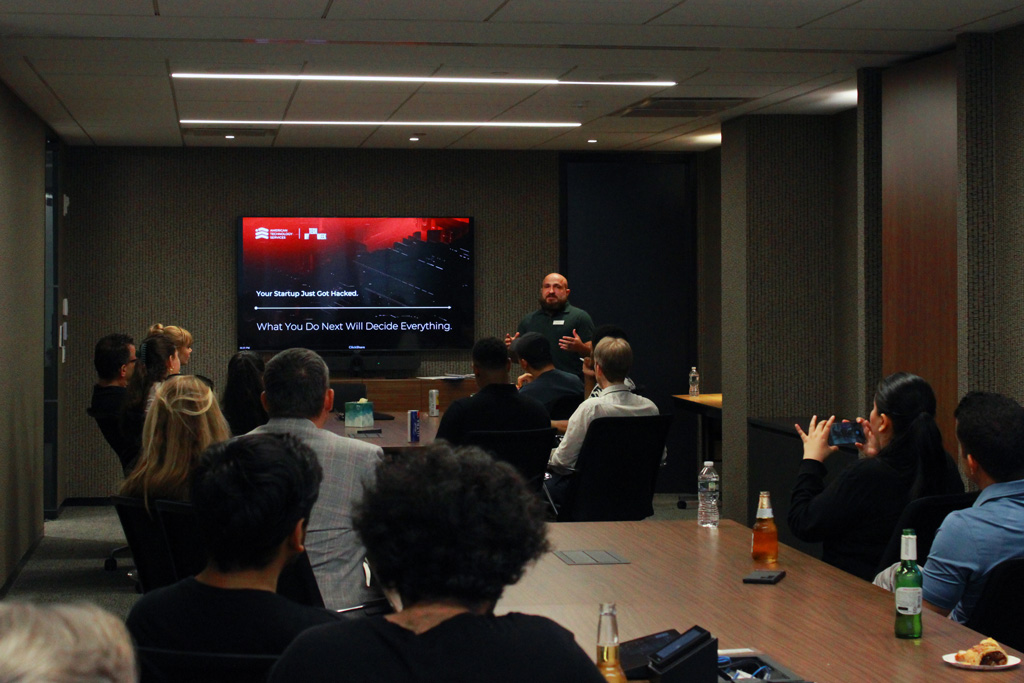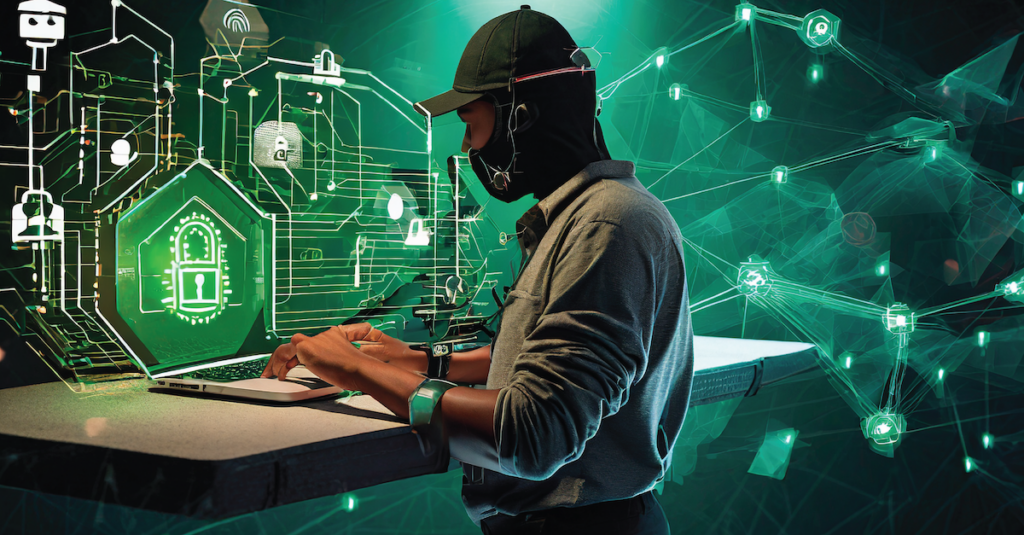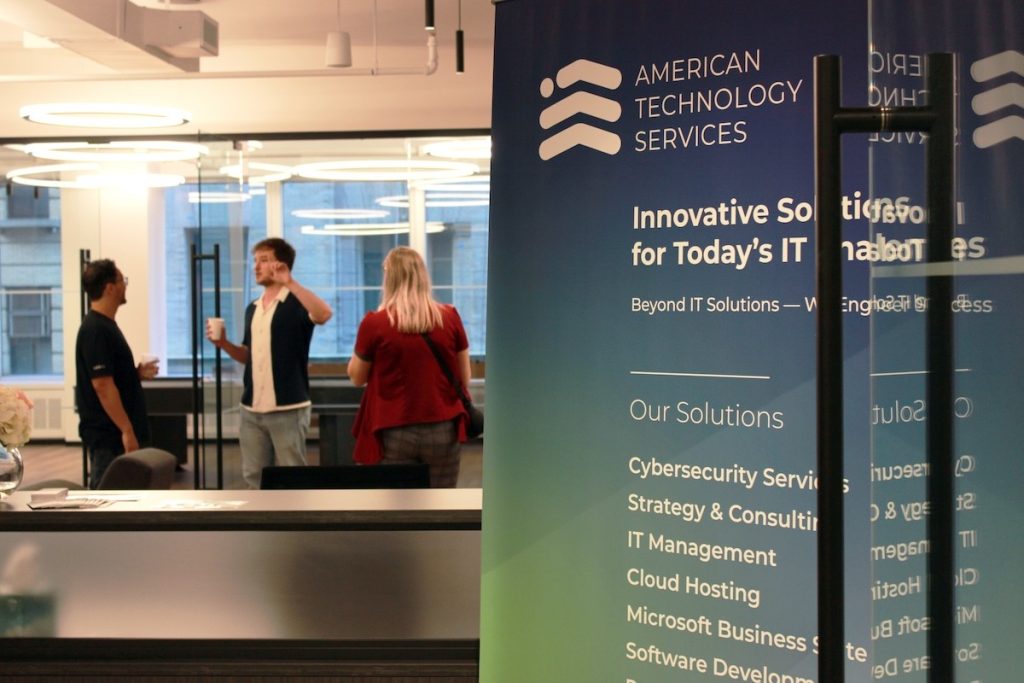Resources /
Articles
Stay Ahead with the Latest IT Insights and Trends
The ATS blog is your go-to source for cutting-edge technology and innovation. Our collection of articles delivers expert analysis, industry news, and practical tips to help you tackle IT challenges and seize opportunities. Whether you’re an IT professional looking to stay current, a business leader seeking strategic guidance, or a tech enthusiast eager to learn about the latest innovations, you’ll find valuable insights. Explore our articles and discover the knowledge that will propel your business forward.














